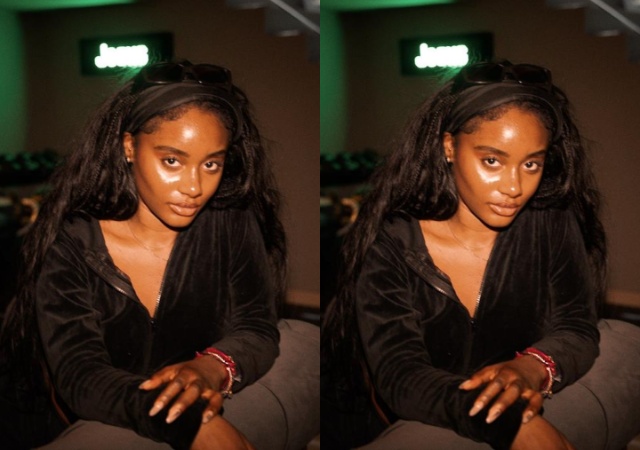LONDON — Vivienne Westwood, an influential fashion maverick who played a key role in the punk movement, died Thursday at 81.
Westwood’s eponymous fashion house announced her death on social media platforms, saying she died peacefully. A cause was not disclosed.
“Vivienne continued to do the things she loved, up until the last moment, designing, working on her art, writing her book, and changing the world for the better,” the statement said.
Westwood’s fashion career began in the 1970s when her radical approach to urban street style took the world by storm. But she went on to enjoy a long career highlighted by a string of triumphant runway shows and museum exhibitions.
The name Westwood became synonymous with style and attitude even as she shifted focus from year to year, her range vast and her work never predictable.
As her stature grew, she seemed to transcend fashion. The young woman who had scorned the British establishment eventually became one of its leading lights, even as she kept her hair dyed that trademark bright shade of orange.
Andrew Bolton, curator of The Costume Institute at the Metropolitan Museum of New York, said Westwood and Sex Pistols manager Malcolm McLaren — her onetime partners — “gave the punk movement a look, a style, and it was so radical it broke from anything in the past.”
“The ripped shirts, the safety pins, the provocative slogans,” Bolton said. “She introduced postmodernism. It was so influential from the mid-70s. The punk movement has never dissipated — it’s become part of our fashion vocabulary. It’s mainstream now.”

Westwood’s long career was full of contradictions: She was a lifelong rebel honored several times by Queen Elizabeth II. She dressed like a teenager even in her 60s and became an outspoken advocate of fighting climate change, warning of planetary doom.
In her punk days, Westwood’s clothes were often intentionally shocking: T-shirts decorated with drawings of naked boys and “bondage pants” with sadomasochistic overtones were standard fare in her popular London shops. But Westwood was able to transition from punk to haute couture without missing a beat, keeping her career going without stooping to self-caricature.
“She was always trying to reinvent fashion. Her work is provocative, it’s transgressive. It’s very much rooted in the English tradition of pastiche and irony and satire. She is very proud of her Englishness, and still she sends it up,” Bolton said.
One of those contentious designs featured a swastika, an inverted image of Jesus Christ on the cross and the word “Destroy.” In an autobiography written with Ian Kelly, she said it was meant as part of a statement against politicians torturing people, citing Chile’s Augusto Pinochet. When asked if she regretted the swastika in a 2009 interview with Time magazine, Westwood said no.
“I don’t, because we were just saying to the older generation, ‘We don’t accept your values or your taboos, and you’re all fascists,’” she responded.
She approached her work with gusto in her early years, but later seemed to tire of the clamor and buzz. After decades of designing, she sometimes spoke wistfully of moving beyond fashion so she could concentrate on environmental matters and educational projects.







Leave a Reply